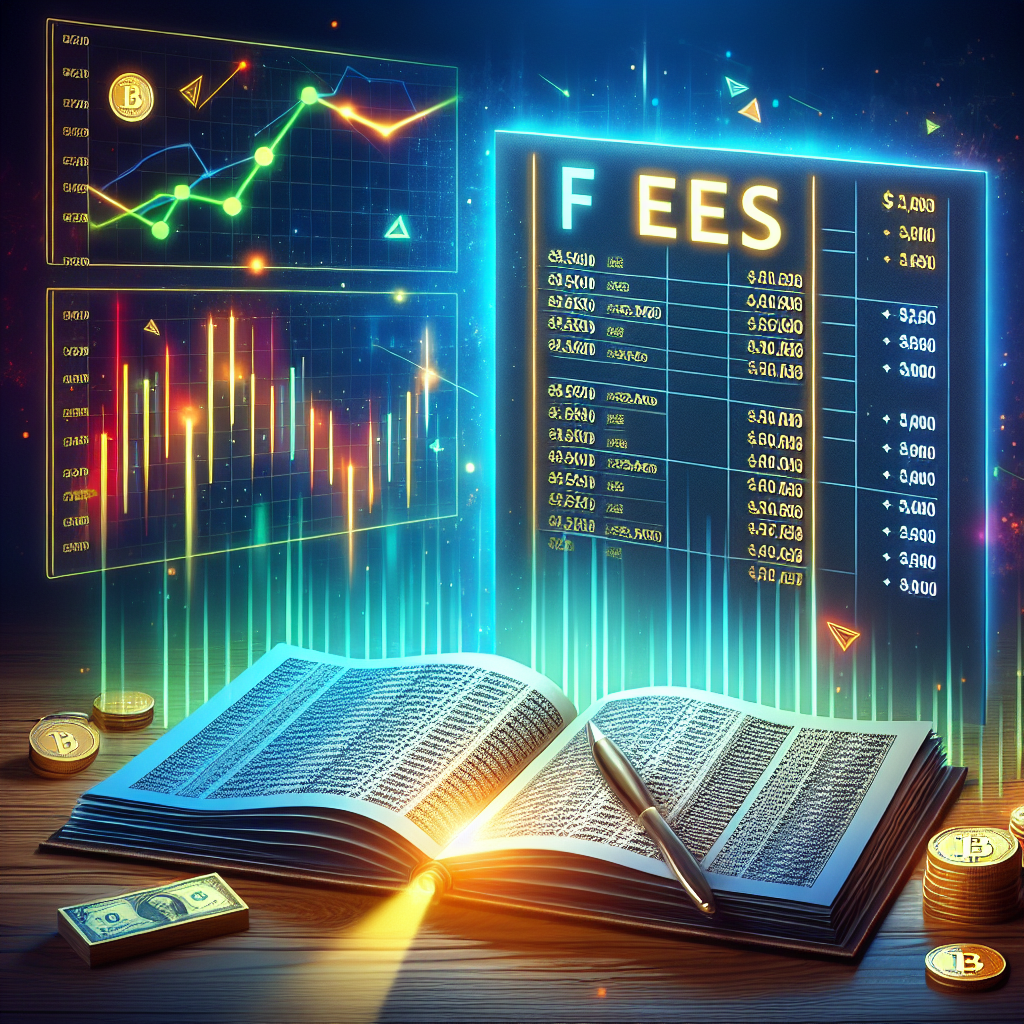
Cryptocurrency trading has quickly become a popular way for individuals to invest and trade in the digital asset market. Among the various cryptocurrency exchanges available, Binance stands out as one of the largest and most trusted platforms in the industry. However, when trading on Binance, it is important to understand the trading fees associated with the platform in order to maximize your profits and minimize your costs.
Binance offers competitive trading fees compared to other cryptocurrency exchanges, making it an attractive option for both beginner and experienced traders. Understanding how these fees work can help you make informed decisions when buying, selling, or exchanging cryptocurrencies on the platform.
Types of Trading Fees on Binance
Spot Trading Fees: Spot trading fees on Binance are based on a maker-taker fee schedule. Makers are traders who provide liquidity to the market by placing limit orders that are not immediately filled, while takers are traders who place market orders that are instantly filled. The fees for makers and takers vary, with makers typically paying lower fees than takers.
- Futures Trading Fees: Binance also offers futures trading, which allows traders to speculate on the price movements of cryptocurrencies without actually owning the underlying assets. Futures trading fees on Binance are also based on a maker-taker fee schedule, with makers paying lower fees than takers. Additionally, Binance offers a fee discount for users who hold Binance Coin (BNB) in their accounts.
Understanding Binance Trading Fees
BNB Discount: One of the key benefits of trading on Binance is the option to pay trading fees using Binance Coin (BNB). By using BNB to pay trading fees, users can enjoy a discount on their fees. The discount starts at 25% in the first year and decreases over time, offering a significant cost savings for frequent traders.
VIP Levels: Binance offers a tiered VIP program that rewards users with lower trading fees based on their trading volume and BNB holdings. The higher your VIP level, the lower your trading fees will be. By increasing your trading volume and BNB holdings, you can unlock higher VIP levels and enjoy reduced trading fees.
- Margin Trading Fees: In addition to spot and futures trading, Binance also offers margin trading, allowing users to borrow funds to leverage their trading positions. Margin trading fees on Binance are separate from spot and futures trading fees, with interest rates charged on borrowed funds. It is important to consider these fees when engaging in margin trading on the platform.
Conclusion
In conclusion, understanding Binance trading fees is essential for anyone looking to trade cryptocurrencies on the platform. By knowing how fees are calculated, the different types of trading fees, and how to reduce costs through discounts and VIP levels, traders can optimize their trading strategies and maximize their profits. Whether you are a beginner or experienced trader, being informed about trading fees can help you navigate the complex world of cryptocurrency trading with confidence.